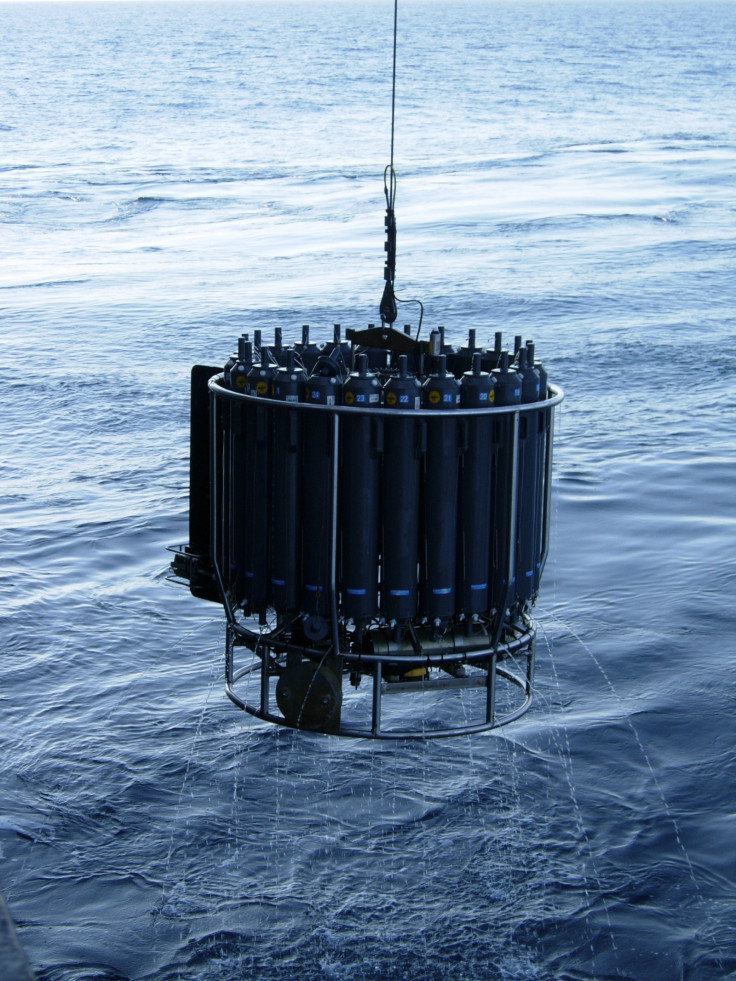Source of enormous Pacific methane pool is found
Bacteria are making a methane pool stretching from Panama to Mexico to the Hawaiian Islands.

The bacteria that release vast pools of methane in the ocean have been found, clustered on a narrow ledge at the edge of an oceanic trench that stretches along the Americas.
The bacteria are tiny and only found in a very restricted part of the zone, but the pools of methane they release are enormous. The location of the bacteria that release these plumes of methane has been elusive.
A paper published in the International Society for Microbial Ecology Journal finds that these bacteria live in the top 2cm of the seafloor where it reaches depths of between 350 and 650 metres on the edge of the continental shelf. Analysis of seafloor sediment and of the methane content of the water column above it showed that the methane-producing bacteria are confined to this 'Goldilocks zone', even though the plumes of methane they release spread for many thousands of kilometres.
This is the first time that scientists have sampled the seafloor sediments to track down the bacteria generating giant ocean methane pools.
"It's a vast area and quite time consuming to get maps and do profiles of the water column," study author Felicity Shelley of Queen Mary University of London told IBTimes UK.
"This was just one small area on the edge of the continental shelf that is pumping off methane that is transported offshore. Because we did high-resolution mapping we're the first to pick this up and isolate where it is coming from."
The bacteria involved can only produce methane when there is no oxygen present, so the naturally occurring methane pools happen in deoxygenated 'dead zones' of the ocean. At the moment, this confines the methane to the mid-depths of the oceans.
"Where there's oxygen in the top 200m, we show the methane is being consumed by bacteria and very little gets to atmosphere," Shelley said.

At the moment, sources such as rivers and lakes on land are a much larger source of methane than the ocean dead zones. However, one prediction of the effects of climate change on the ocean is an expansion of the dead zones.
"Scientists are predicting these low-oxygen zones will get larger and closer to the surface when the oceans warm," she said. This could increase the risk of methane, a potent greenhouse gas, being released to the atmosphere.
The findings are released as scientists predict 4C warming of the mid-ocean depths and mass extinction of large sea creatures due to climate change by the end of the century.
© Copyright IBTimes 2024. All rights reserved.







